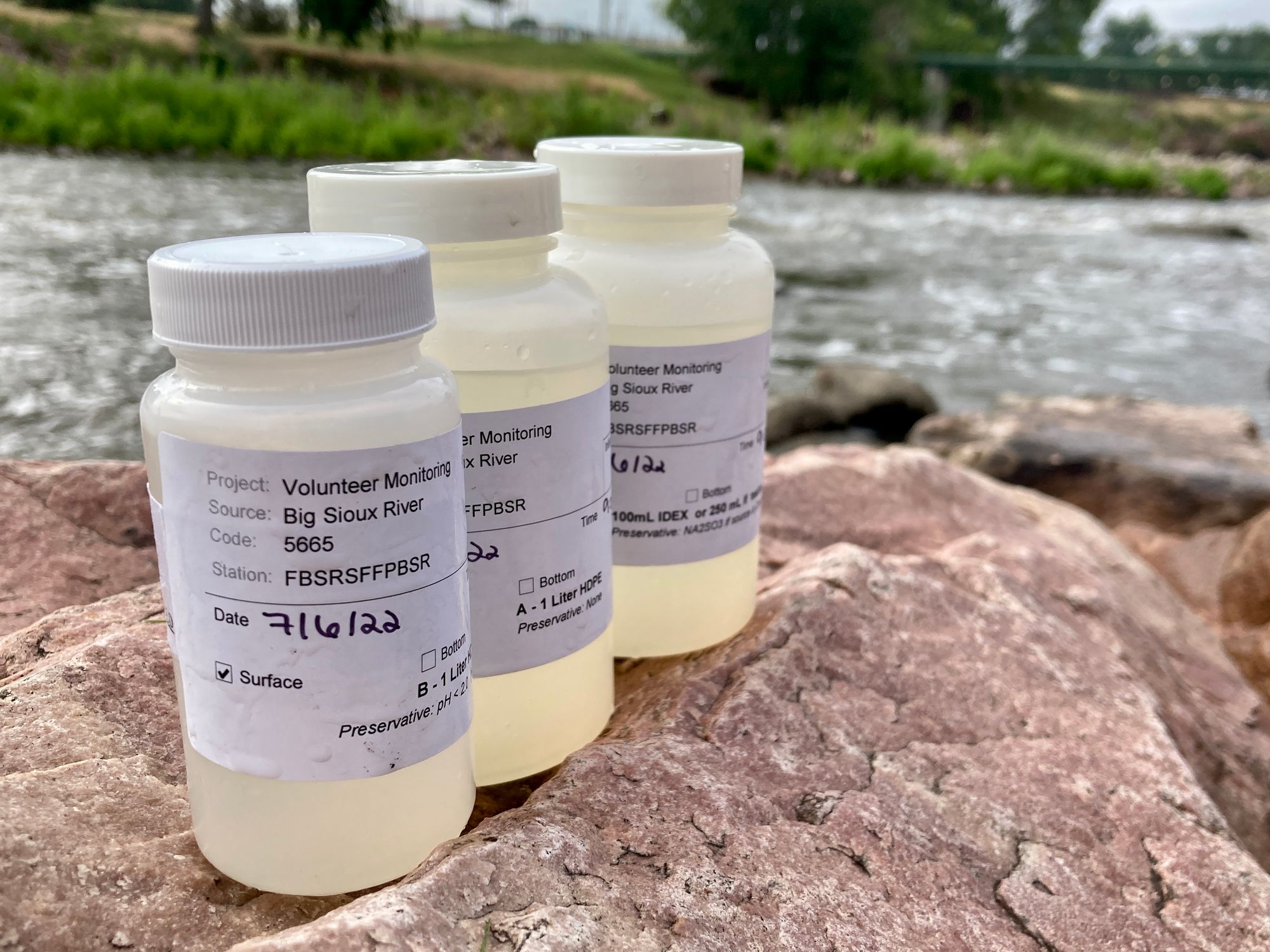Simplified: The Big Sioux River is – and has long been – polluted. And while runoff from the agricultural industry upstream is part of that, Sioux Falls residents are also having a significant impact on water quality. Here's a look at what the average person can do (or avoid) to help keep the water clean.
Why it matters
- Pollutants in the Big Sioux River include E. coli and nitrates. Water testing also measure the "total suspended solids" and compares all three substances' actual levels with the levels recommended as safe.
- Water quality and drinking water availability are linked. Looking to the future, one potential long-term goal would be to get the river to meet standards that it can be treated for drinking water, said Troy Lambert, environmental analyst with the city.
- About 75 percent of the river is "impaired" relative to its designated use, said Travis Entenman, director of Friends of the Big Sioux River – i.e. pollution is over the safe limit. That's been about level for the last five years. It's not getting worse, but it's not getting better.
"We are willing to put an arch over the river to celebrate the beauty of the river, but we aren't willing to put that money to cleaning the river," Entenman said. "We're celebrating a turd."
Tell me more about water quality
There's a lot of factors that go into water quality, Lambert said, from the land use around the river to how susceptible the river is to erosion.
One thing the data collected this summer shows is a spike in pollutants after heavy rain events (think August's record rainfall or the two derechos earlier in the year).
- For example, after the July 5 derecho, Lien Park saw a significant spike in E. coli levels that put that portion of the river at nearly 10-times the safe limit, according to Friends of the Big Sioux River data.
"Any excess nutrients or pollution or garbage or debris will eventually make its way to the river if it doesn't get held ups somewhere," Entenman said.
What can I do to improve water quality? I'm just one person.
You can help in a lot of small ways.
Here are some suggestions from water quality experts:
- Clean up pet waste – fun/gross fact: a 2012 study found that the largest source of E. coli in the river was from dog poop, Lambert said.
- Don't over-fertilize your lawn. Too much fertilizer means excess will ultimately end up in the river, adding more nitrates.
- Make sure trash is picked up. It otherwise has potential to fall into a storm drain and head directly for the river.
"All those little factors that residents may think are minor ... it all factors in to the overall water quality and water availability," Lambert said.

